
More than half of Australians over the age of 55 are open to downsizing, according to a new report based on a survey of 2,400 households.

If you thought workers’ hourly pay was finally rising, think again. At first glance, the latest data – which came out on Feb. 7 – look pretty good.
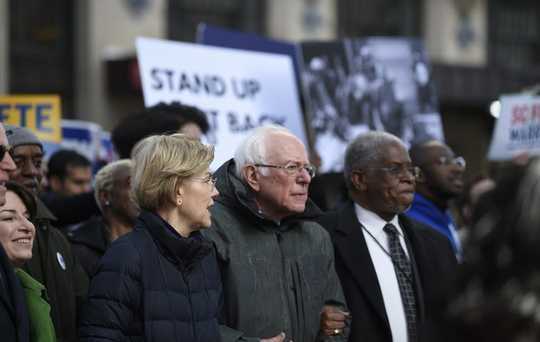
It’s hardly surprising that if a Democrat wins the White House, taxes on wealthy Americans and corporations will probably go up. How they’ll go up is the more interesting question.

As students start university, failure is probably the last thing they want to think about. But university failure is depressingly common.

What do we mean when we talk about “socialism”? Here are ten things about its theory, practice, and potential that you need to know.

As California contends with drought, wildfires and other impacts of climate change, a small yet passionate group of residents are attempting to lessen these effects and reduce the state’s carbon emissions.
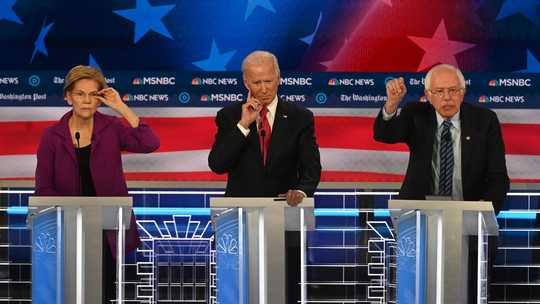
Make no mistake, how we pay for healthcare in the US is broken for many individuals and for many communities. Like a tire with a slow leak, without immediate repair, the outlook for the largest industry in the US economy is bleak.
- By Jake Johnson
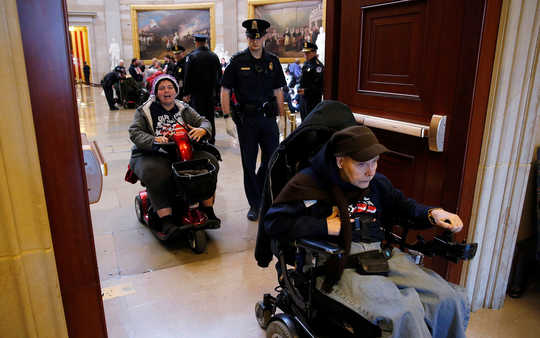
Trump wants to destroy Medicaid while claiming to save it. This fiendish scheme is an Orwellian fable conjured up by the most shameless pack of liars to ever occupy our government.

While companies might reap significant gains in productivity from automating certain jobs, this won’t necessarily lead to pay rises for everyone.
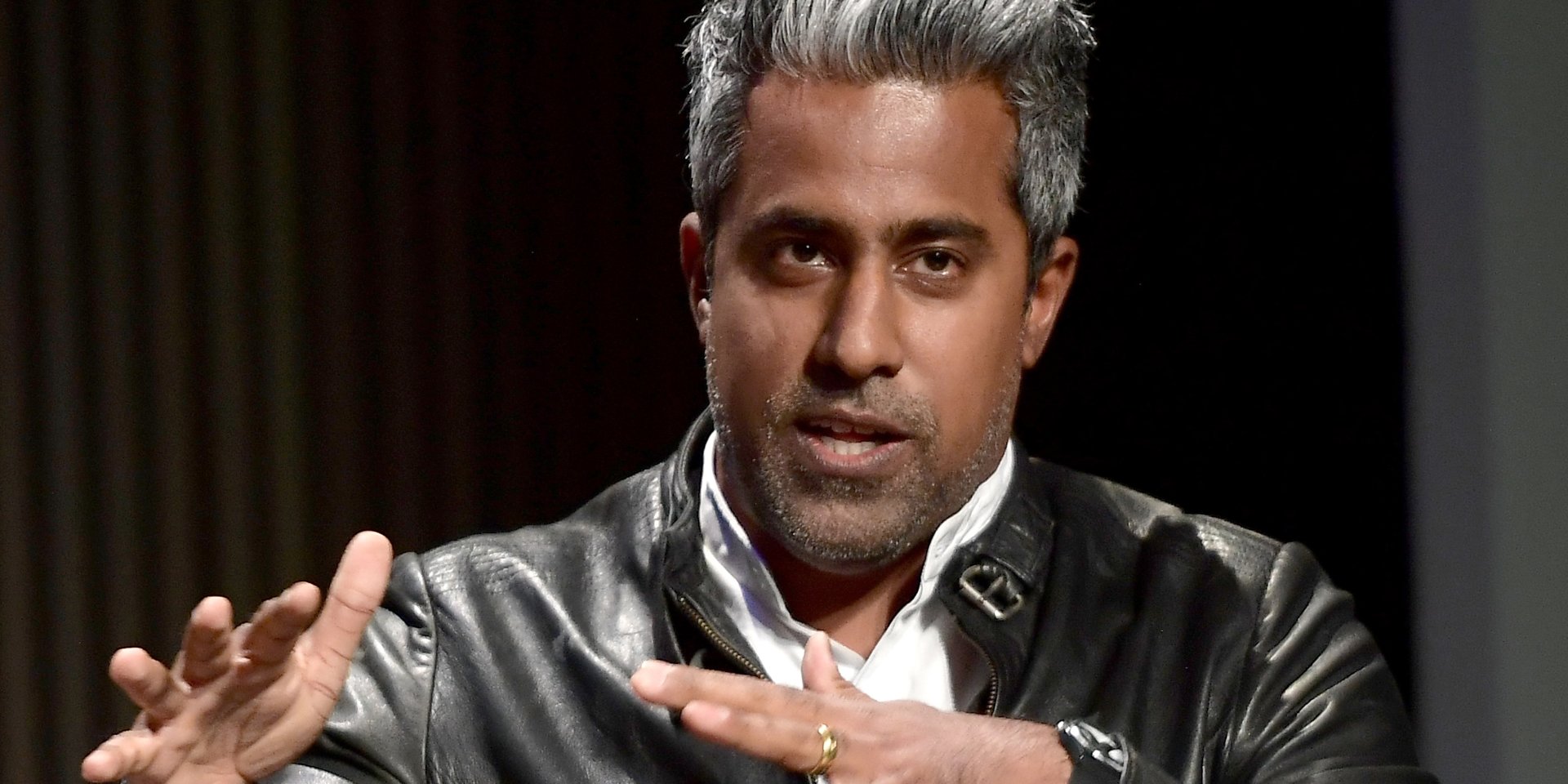
It’s no secret that the biggest gains in the growing global economy are reaped by the extremely wealthy.

The high price of insulin, which has reached as much as US$450 per month, has raised outrage across the country. Sen. Bernie Sanders (I-Vt.) has called it a national embarrassment, wondering why U.S. residents should have to drive to Canada to buy cheaper insulin.
- By John Hawkins

The US president “had no plan, no scheme, no constructive ideas whatever”, according to one of the world’s most influential economists.
- By George Lakey

According to Atheendar Venkataramani, the study’s lead author and a professor in the university’s Perelman School of Medicine, economic instability can affect people’s mental well-being and drive up the risk of substance abuse.

Policymakers and presidential hopefuls are having a spirited debate over whether the U.S. should offer free community college, free public college in general or additional college subsidies directed at low-income students.
- By Dean Baker
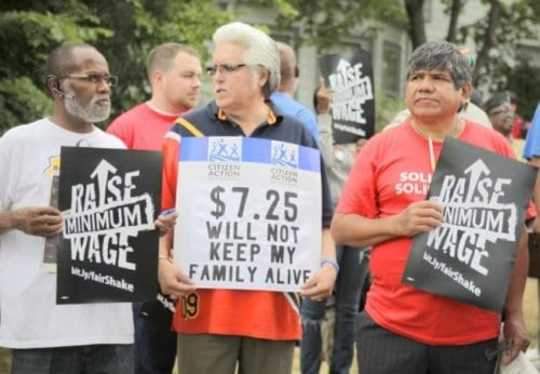
In such a world, a full-time minimum wage worker would be earning $48,000 a year in the United States.
- By Ellen Brown

Although the repo market is little known to most people, it is a $1-trillion-a-day credit machine, in which not just banks but hedge funds and other “shadow banks” borrow to finance their trades.
- By Eoin Higgins
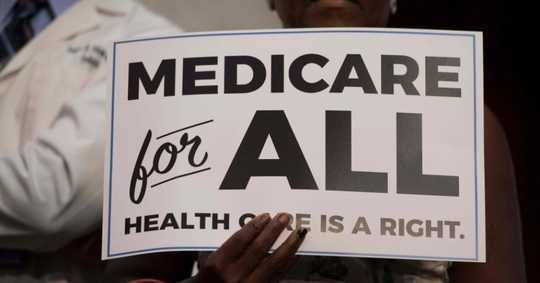
Across the political spectrum, there is near consensus among these economists that a single-payer system would save money.
- By Robert Reich

The same forces that are driving massive inequality between the top 1 percent and the rest of us are creating a vast generational wealth gap between baby boomers — my generation — and millennials.Millennials aren’t teenagers anymore.

An adolescent’s sense of their own family’s social and economic status is closely linked to that teen’s physical and cognitive health, according to a study of British twins.

People today are espousing some very strange beliefs about the state of our modern economy. We frequently hear things like: We can no longer afford to educate our children, provide universal health care, clean up our polluted environment, innovate around renewable energy resources, provide food, water and basic shelter for all, share...
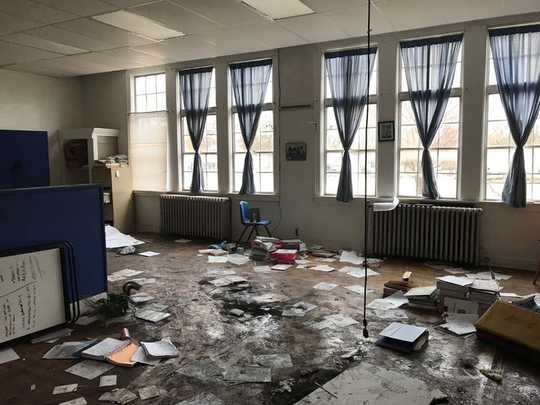
Rural school closures are causing as much, if not more, upheaval as what’s going on when public schools in Chicago and other cities close.

Partisan wrangling over health reform has perhaps been the most acrimonious issue in Americans politics, exemplified by the failed Clinton health reform efforts in the 1990s and the passage of the Affordable Care Act in 2010.
- By Ivan Chase

Hermit crabs can teach us about wealth inequality, according to a new study.















